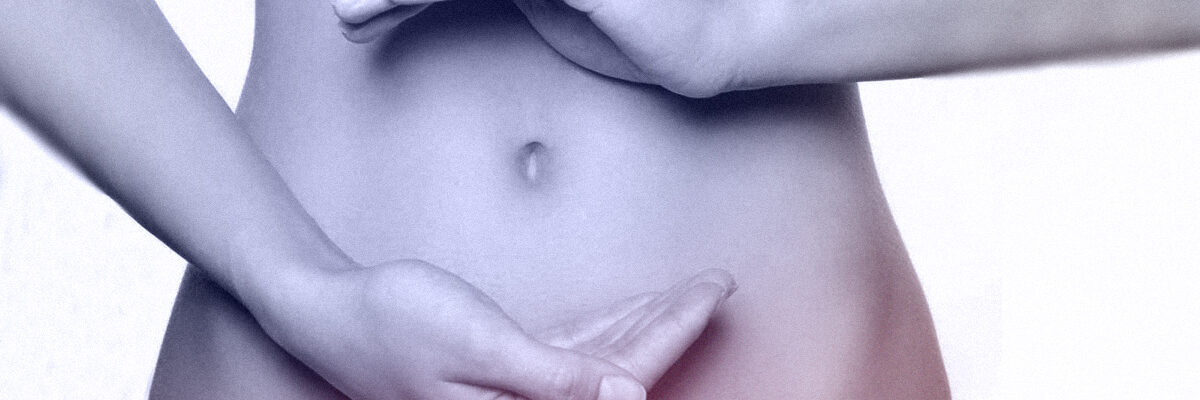Contraception: Preventing Pregnancy
Thanks to contraceptive methods, couples can have sexual relations without fearing an unwanted pregnancy
What is contraception?
Contraception seeks to prevent pregnancy by means of methods that are transitory and allow fertility to be restored after stopping them. In contrast, sterilisation is a permanent method to prevent pregnancy.
There are different contraceptive methods, and each woman, having been introduced to them, must choose the one that suits her best under her doctor’s guidance.
Types of contraception: Natural and artificial
Artificial contraceptive methods prevent sperm from fertilizing the egg by means of a physical device or a barrier. Natural contraceptive methods are based on sexual abstinence during the fertile days of each cycle. Four methods can be distinguished according to the natural technique used: the rhythm method, the basal body temperature method, the cervical mucus method (also known as “the Billings ovulation method”) and the syntothermic method.
ARTIFICIAL CONTRACEPTIVE METHODS:
- Barrier methods
They prevent sperm from passing through to the uterus. This group includes male and female condoms, diaphragms, spermicide creams, and so on.
- Hormonal methods: the pill, patches and the vaginal ring
These medications are composed of two different hormones: estrogens and gestagens. They alter the normal functioning of the ovaries to prevent ovulation as well as some other functions of the female reproductive system.
The pharmaceutical drugs used have been changed since hormonal contraceptive methods were first introduced. Dosage, appearance, directions and administration have all been changed so as to minimise their harmful side effects.
![]()
-
- Contraceptive pills are packaged in packs of 21 (28 in others) where each pill is marked with one day of the week as a reminder to ensure that you take one every day. Because pills should be taken around the same time for three weeks, you have to take a break for a week, starting a new pack at the beginning of the following week. You should have your period during the break week. If the pack has 28 pills, you should not stop taking them, as you will also have your period during the fourth week, which is placebo week.
- Contraceptive patches, which resemble a square bandage, are applied on clean, dry, hairless skin (except on the chest area). Medication is administered through the skin. It consists of three patches that are applied weekly. When you have removed the third patch, you have to take a break for a week, starting again the following week. You should have your period during the break week. You should check every day that the patch is well adhered to your skin.
- Vaginal rings are transparent plastic rings that can be easily inserted into the vagina. Medication is administered through the vaginal mucus. You have to insert it once a month, remove it after three weeks and take a break on the fourth week, which is when you will have your period. It does not cause discomfort during sex.
- Contraceptive implant. (Nexplanon®) This method is not suitable for all women. Suitability must be determined based on a gynaecological check-up performed in advance of use. It is a metallic device, similar in shape and size to a match, and it is inserted underneath the skin on the patient’s arm. It releases hormones (etonogestrel) that prevent pregnancy for a period of three years.
All these methods are safe, provided that the guidelines are followed. A comprehensive medical examination should be performed before starting to use them. After the examination, further information (advantages and disadvantages) about the selected method is provided.
- Intrauterine methods: Essure, copper IUD and hormonal IUD
The intrauterine device (IUD) is a small plastic or copper device that the gynecologist placed inside the uterus. Prevents progression of sperm and / or endometrial produce aseptic inflammation would prevent a settlement of the yolk sac.
Some IUDs release small amounts of progestin. IUDs may be left in place for 5-10 years depending on the type of device used. IUDs can be placed at almost any time but preferably during menstruation.
Sterilization: Essure, tubal ligation and vasectomy
Essure
An essure is a 40 millimetres long by 8 millimetres wide implant that is placed in the proximal section of the Fallopian tubes by means of a hysteroscopy. It is made from Nitinol (a nickel-titanium alloy) and polyethylene fibres, causing fibrosis and occlusion in the tubes after 3 months, thus preventing fertilization.
For øyeblikket brukes den ikke på grunn av de medfølgende komplikasjonene.
Tubal ligation
It involves electrocoagulation and/or incision of both Fallopian tubes, thus preventing the eggs from passing through the tubes to meet the sperm. It is performed by laparoscopy and requires general anaesthesia and a few hours hospitalisation. Sometimes it is performed at the time of a caesarean section.
Vasectomy
The vasa deferentia, which carry sperm out of the testicles, are cut. It is performed under regional anaesthesia on an outpatient basis and lasts from 15 to 30 minutes. It is not immediately effective. A spermiogram is required to check that no sperm remain in the ejaculate after a number of times.
